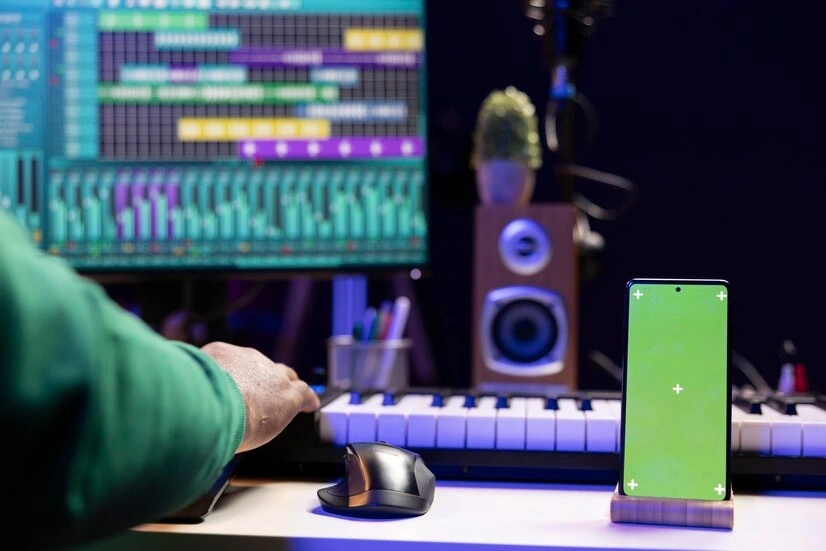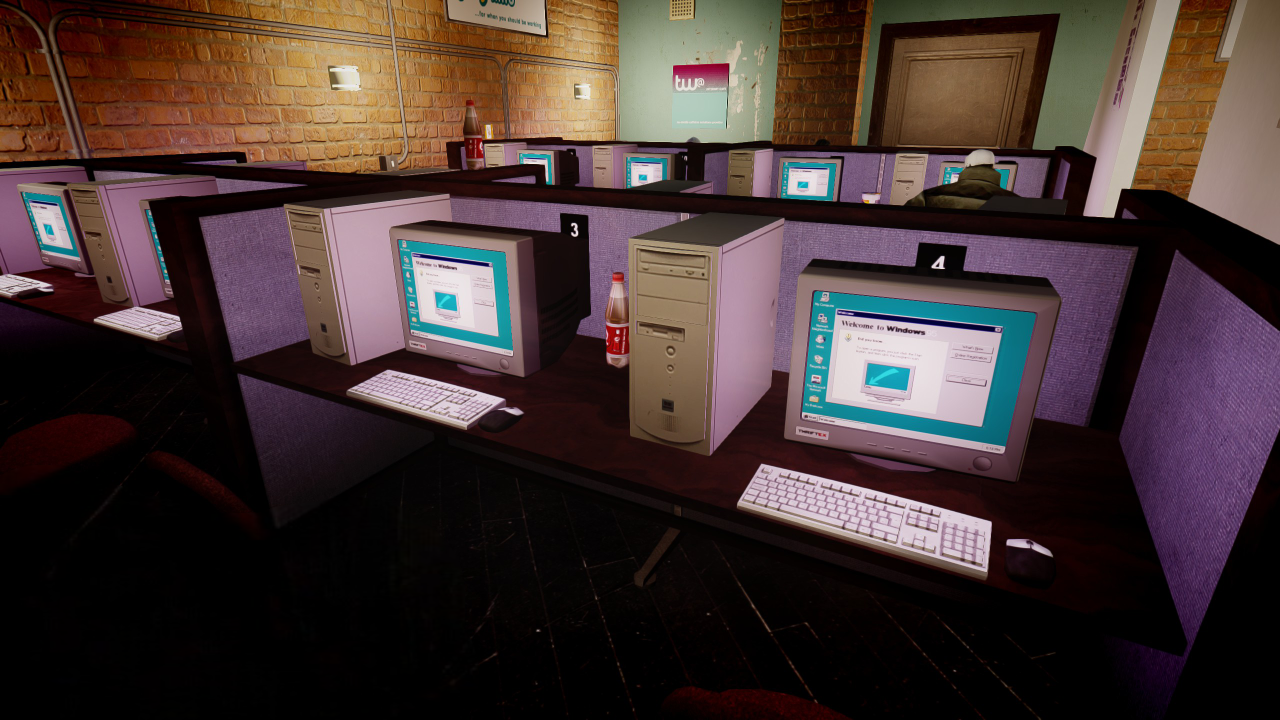It's the mid-2000s. You're settling in for a long train journey across India, maybe the overnight Rajdhani, or perhaps embarking on a family road trip from Vadodara. The prospect of hours of travel with restless kids looms large. But wait – you have the magic weapon. You unzip a padded case and retrieve the chunky, plastic device: a portable DVD player. You select a disc – perhaps a favorite Bollywood hit or a Hollywood blockbuster, readily available and affordable thanks to the thriving (if often unofficial) DVD market in India back then. The satisfying click as the disc locks in, the familiar whir as it spins up. The small LCD screen flickers to life, displaying the movie menu. Soon, the kids are quiet, engrossed in their own personal cinema. This wasn't just a gadget; it was freedom. Freedom from boredom, freedom from the constraints of the living room TV, freedom to take your movies anywhere. For a glorious period, the portable DVD player reigned supreme as the king of mobile entertainment.
The Mini-Screen Genesis (Late 1990s - Early 2000s): "Shrinking the Cinema"
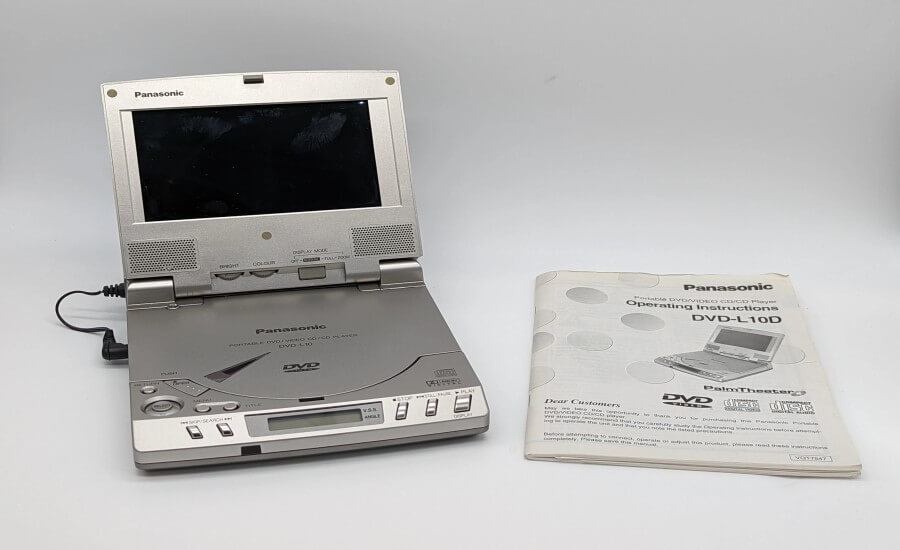
The journey began shortly after the DVD format itself launched to consumers (around 1997 in the US). As DVD players started appearing in living rooms, offering vastly superior picture quality compared to VHS, the dream of taking that quality on the road emerged. Miniaturizing the complex laser and drive mechanism, integrating a power source (batteries), and incorporating a compact LCD screen was a significant engineering challenge.
Panasonic was the first to crack it, unveiling the Panasonic DVD-L10 "PalmTheater" in 1998. Billed as the world's first portable DVD player with an integrated LCD screen (a 5.8-inch widescreen display), it truly allowed users to "enjoy DVD any time, anywhere." Pioneer quickly followed with its own models in the same year. These initial devices were marvels of miniaturization for their time, but they were far from mainstream. They commanded premium prices (often well over $1,000 USD), screens were small, and battery life was typically quite limited (perhaps enough for one movie, if you were lucky). They were luxury items, primarily for business travelers or wealthy early adopters eager for the latest gadget.
Tech Spotlight: Early Portable DVD Players (e.g., Panasonic DVD-L10)
-
Launch Era: 1998-~2001.
-
Key Features: Integrated LCD screen (typically small, ~5-6 inches), built-in DVD drive, rechargeable battery (often external pack, limited life), basic playback controls, AV outputs (to connect to a TV).
-
Technology: Early active-matrix or passive-matrix LCD screens, miniaturized DVD mechanics, early lithium-ion or NiMH battery technology.
-
Price Point: Very high (>$1000 USD initially).
-
Target Audience: Wealthy early adopters, business travelers.
-
Significance: Proved the concept of portable DVD playback with an integrated screen, paving the way for mass-market adoption.
Milestone Markers
-
1996/1997: DVD format launches for consumers.
-
1998: Panasonic launches the DVD-L10, considered the first portable DVD player with an integrated screen. Pioneer launches similar models.
Parallel Developments
-
Late 1990s: Laptop computers are bulky and expensive, often lacking built-in DVD drives initially. LCD screen technology is rapidly improving but still costly. Battery technology is less energy-dense than today.
User Experience Snapshot
Imagine being one of the first to own such a device. Pulling out this futuristic gadget on a plane, inserting a DVD, and watching a movie with crisp digital quality while others relied on fuzzy overhead screens. It felt exclusive, cutting-edge. But you'd be mindful of the short battery life and the device's considerable cost and heft.
Price Point Perspective
Launched at over $1,000 USD, these were luxury electronics, far out of reach for the average consumer globally, and especially in India at the time.
The Peak Portability Boom (Early 2000s - ~2007/2008): "Movies on the Move"
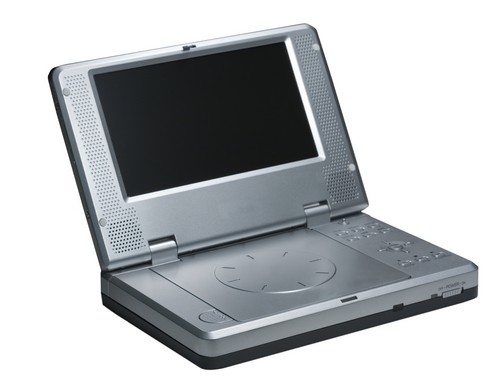
This was the golden age. As manufacturing processes matured, LCD screen costs dropped, battery technology improved, and competition intensified, portable DVD players transformed from niche luxuries into mainstream consumer electronics. From the early 2000s to around 2007 or 2008, they were everywhere.
Prices plummeted, making them affordable for middle-class families globally. Major brands like Sony (with popular models like the DVP-FX1 "Portable CD/DVD Player" around 2003, later reviving the "DVD Walkman" name for screened devices), Philips, Toshiba, LG, Samsung, and countless others offered a wide array of models. Screen sizes grew to a more comfortable 7-9 inches, battery life stretched to 3-5 hours (enough for two movies!), and crucial accessories became standard: car power adapters, carrying cases, and even clever dual-screen systems designed for backseat viewing in cars.
Their primary use case solidified: travel entertainment. They were lifesavers for parents on long road trips or flights, providing a reliable, self-contained entertainment system for kids. Business travelers enjoyed watching movies in hotels without relying on limited TV channels. They became popular gifts and must-have travel gadgets. In India, this period saw significant adoption. Affordable prices combined with the easy availability of very cheap DVDs (often pirated copies of Bollywood and Hollywood films) made portable DVD players a highly popular entertainment device, useful not only for travel but also during India's frequent power outages.
Tech Spotlight: Mass-Market Portable DVD Players (Mid-2000s)
-
Design: Typically clamshell design with integrated screen (7-9 inches common, improved TFT LCD quality) and built-in DVD drive.
-
Features: Improved battery life (3-5 hours), built-in speakers, headphone jacks, AV output, remote control, car power adapter. Many models added anti-skip protection. Some later models included USB ports or SD card slots for playing DivX/MP4 files or viewing photos.
-
Brands: Sony, Philips, Toshiba, LG, Samsung, Panasonic, plus many budget brands.
-
Price Point: Mass market pricing, often $100-$300 USD range (₹5,000 - ₹15,000 INR approx).
-
Target Audience: Families (especially for car travel), travelers, general consumers seeking portable entertainment.
-
Significance: Brought portable, high-quality movie viewing to the masses. Became a defining consumer electronic device of the mid-2000s.
Milestone Markers
-
Early 2000s: Prices drop significantly, features improve (screen size, battery). Portable DVD players become common consumer electronics.
-
~2003-2007: Peak sales and popularity period globally. Essential travel gadget. Huge market in India.
-
Mid-2000s: Features like dual screens for cars, USB/SD card slots appear on some models.
Parallel Developments
-
Early-Mid 2000s: DVD format becomes the dominant home video standard, replacing VHS. Broadband internet adoption grows, but streaming is not yet viable/common. Digital music (MP3s) explodes via iPods. Laptops become more common but are still relatively bulky/expensive for casual media use.
User Experience Snapshot
Remember packing that binder full of DVDs for a family vacation? Setting up the player in the car, kids happily occupied in the back? Watching your favorite movie on a flight, oblivious to the fuzzy cabin screen? Or maybe using it during a power cut in India, a small island of light and entertainment? It was simple, reliable fun. The main hassle was carrying the discs and worrying about scratches.
Price Point Perspective
Prices dropped dramatically, making them accessible. A player might cost $150-$200 USD (or ₹7,000-₹10,000 INR), and DVD movies (especially pirated copies widely available in India) were cheap, making the overall entertainment proposition very attractive compared to limited alternatives.
The Digital Challengers Emerge (Mid-2000s - Early 2010s): "Discs Under Threat"

Just as the portable DVD player reached its zenith, new technologies began chipping away at its dominance. The reliance on physical media, once a strength (use your existing library!), started to become a weakness compared to digital alternatives.
Laptops Evolve: By the mid-2000s, laptops were becoming significantly thinner, lighter, more powerful, and more affordable. Crucially, most now included built-in DVD drives as standard. Why carry a separate device just for watching movies when your laptop could do that and everything else?
Portable Media Players (PMPs): The real threat came from dedicated digital media players. While MP3 players were already common, the launch of the Apple iPod (5th generation), commonly known as the iPod Video, in October 2005 was a watershed moment. This device, and competitors from Creative, Archos, and others, could store and play not just music, but also digital video files (like MP4 or DivX, often ripped from DVDs or downloaded). Suddenly, you could carry dozens, even hundreds, of movies in your pocket on a sleek device with long battery life, no physical discs required. Ripping DVDs or acquiring digital video files required effort, but the convenience of ditching the disc binder was compelling for many.
Early Smartphones: While nascent, early smartphones also began incorporating basic video playback features, hinting at the future convergence of communication and entertainment in a single pocketable device. The portable DVD player started to look bulky and single-purpose by comparison.
Tech Spotlight: PMPs (e.g., iPod Video)
-
Technology: Hard drive-based (later flash-based) portable devices optimized for storing and playing digital audio and video files (MP3, AAC, MP4, H.264). Color screens, long battery life.
-
Content: Digital video files acquired via downloading, ripping DVDs (using software like HandBrake), or purchasing from online stores (like the iTunes Store).
-
Advantages over Portable DVD: Much smaller and lighter, stored entire libraries digitally (no discs to carry), often better battery life, multi-functional (music + video).
-
Disadvantages: Required acquiring content in digital format (ripping/downloading could be complex/time-consuming), smaller screens initially.
-
Significance: Offered the first mainstream alternative for portable video consumption without physical discs, directly challenging the portable DVD player's core value proposition.
Milestone Markers
-
Mid-2000s: Laptops commonly include DVD drives.
-
2005 (October): Apple launches the iPod (5th Gen) with video playback capabilities. PMPs gain popularity.
-
Late 2000s: Digital video downloads (legal and illegal) become more common as broadband adoption increases. Early smartphones (like iPhone 1st gen, 2007) feature video playback.
Parallel Developments
-
Mid-2000s: Broadband internet becomes more widespread, enabling easier downloading of video files (though often still slow). YouTube launches (2005), popularizing online video streaming. iTunes Store starts selling TV shows and movies.
-
Late 2000s: DVD sales peak and begin to decline. Blu-ray emerges as a successor format but faces uphill battle against digital.
User Experience Snapshot
Remember the first time you loaded a few movies onto an iPod Video? The freedom of having multiple films in your pocket without carrying discs? Or realizing your laptop could play DVDs just fine on the go? The portable DVD player, while still useful, started to feel slightly less essential, a bit more cumbersome compared to these emerging digital options.
The Tablet & Streaming Tsunami (Late 2000s - Mid 2010s): "The Screen That Killed the Disc Player"

If PMPs and laptops started the decline, the one-two punch of modern smartphones and tablets, combined with viable video streaming, delivered the final blow to the mainstream portable DVD player market.
The iPhone (launched 2007) integrated a capable media player into a device people carried anyway, normalizing mobile video consumption. But it was the Apple iPad (launched 2010) and the wave of Android tablets that followed which truly rendered the portable DVD player obsolete for most. These devices offered large, high-resolution touchscreens perfect for video, long battery life, and access to a universe of entertainment far beyond just playing discs.
Simultaneously, streaming services matured. Netflix began streaming in 2007, initially as a supplement to its DVD-by-mail service, but quickly pivoted to streaming-first. YouTube exploded in popularity. Faster broadband and the rollout of 3G and 4G mobile networks made streaming video viable and convenient. Why carry discs when you could access a massive library of movies and TV shows instantly, anywhere with a connection?
The combination was devastating for the portable DVD player. Tablets offered a superior viewing experience with access to limitless content via streaming and apps (games, books, web Browse). Carrying physical media became unnecessary, even inconvenient. Sales plummeted, and major electronics retailers began phasing them out.
Tech Spotlight: Tablets & Streaming Services
-
Tablets (iPad, Android Tablets): Offered large (7-10 inch+), high-resolution touchscreens ideal for video. Long battery life. Access to app stores with streaming apps (Netflix, YouTube, Hulu, Amazon Prime Video, Hotstar in India), games, and other entertainment. Multi-functional devices.
-
Streaming Services: Provided access to vast libraries of movies and TV shows on demand over the internet. Eliminated the need for physical media. Required a decent internet connection (Wi-Fi or mobile data).
-
Impact: Completely redefined mobile entertainment. Offered superior viewing experience, vastly more content choice, and multi-functionality compared to single-purpose portable DVD players. Made physical media largely irrelevant for on-the-go viewing for most users.
-
Significance: Led to the rapid obsolescence and decline of the mainstream portable DVD player market.
Milestone Markers
-
2007: Netflix launches its streaming service. Apple launches the iPhone.
-
2010: Apple launches the iPad, popularizing the modern tablet form factor.
-
Early 2010s: Android tablets gain market share. Streaming services grow exponentially. 4G LTE networks roll out, improving mobile streaming quality.
-
~2012 onwards: Portable DVD player sales decline sharply. Major retailers reduce shelf space or stop stocking them altogether.
Parallel Developments
-
Late 2000s/Early 2010s: Smartphone market explodes. App stores become central to mobile experience. Cloud storage becomes common. Social media usage peaks.
-
Mid-2010s: Streaming surpasses physical media sales for home video entertainment.
User Experience Snapshot
Remember getting your first iPad or Android tablet? Installing Netflix or YouTube? Realizing you had access to thousands of movies and shows with just a tap? Suddenly, that portable DVD player gathering dust in the closet seemed incredibly limited and clunky. Why bother with discs when a world of content was available instantly on a sleeker, more capable device?
The Niche Afterlife (Mid-2010s - Present): "Relic of the Road Trip"
Walk into a major electronics store today, and you'll be hard-pressed to find a portable DVD player prominently displayed, if at all. The era of it being a must-have gadget is long gone. However, like the vinyl record player, it hasn't vanished completely. It persists in specific niches where its unique characteristics still hold value.
Its primary stronghold is in-car entertainment for young children. For parents embarking on long drives, portable DVD players offer several advantages over tablets:
-
Reliability: They work without Wi-Fi or mobile data, crucial in areas with spotty coverage.
-
Simplicity: Easy for kids to operate (put in disc, press play). Less distracting than tablets with access to games and the internet.
-
Cost: Modern units are very inexpensive (often under $100 / ₹7000).
-
Existing Media: Families often still have large collections of kids' DVDs.
Beyond the minivan, they occasionally find use in off-grid locations, hospitals, or situations where internet access is unavailable or unreliable. Surprisingly, they've also been used by activists smuggling outside media into restrictive countries like North Korea, highlighting the enduring utility of simple, offline physical media players.
Today, the portable DVD player is a budget electronic, a functional tool for specific scenarios, and for many, a nostalgic reminder of family trips and a simpler era of mobile entertainment before the all-consuming stream. The global market is small but hasn't entirely disappeared.
Tech Spotlight: Modern Niche Portable DVD Players
-
Features: Often basic DVD playback, integrated screen (7-10 inches typical), battery, speakers, headphone jack, car adapter. May include USB/SD card slots for playing digital files as a secondary feature. Build quality is often budget-focused.
-
Primary Use Case: In-car entertainment for children. Use in areas with no internet access.
-
Market: Niche, low-volume compared to its peak. Prices are generally low.
-
Significance: Demonstrates how even superseded technology can retain value in specific contexts where its limitations (reliance on physical media, no internet) become advantages (reliability without connectivity).
Milestone Markers
-
Mid-2010s onwards: Portable DVD players become a niche product category.
-
Present: Primarily sold online or in budget sections, marketed heavily for car use. Still available from various brands, often at low price points ($40-$100 USD).
Parallel Developments
-
Present: Ubiquitous smartphones and tablets. High-speed mobile internet (4G/5G). Dominance of streaming services. Decline of physical media sales continues. In-car entertainment systems increasingly feature built-in screens and connectivity.
Full Circle Reflections
The portable DVD player had its moment, a bright, shining period in the early-to-mid 2000s when it truly felt like the future of entertainment on the go. It elegantly solved the problem of watching high-quality movies anywhere, liberating us from the living room and making journeys infinitely more bearable, especially for families. It rode the wave of the DVD format's massive popularity, providing a tangible, simple way to enjoy personal cinema wherever life took us – from flights across continents to power cuts in our own neighborhoods.
Its decline was swift and inevitable, a casualty of technological progress. Laptops gained power, PMPs offered digital convenience, and the irresistible combination of tablets and streaming provided a vastly superior, more versatile experience. The trusty portable DVD player, once a coveted gadget, was relegated to the back of the closet or the niche market of backseat entertainment.
Yet, for those who remember loading up a binder of discs for a road trip, or the simple joy of watching a film on that small flip-up screen, the portable DVD player remains a fond memory. It was a bridge technology, perfectly suited for its time, a forgotten king that briefly ruled the world of mobile entertainment before the stream washed it away.
The Heritage Impact: Mobile Media Milestones
Though largely obsolete, the portable DVD player's era left its mark:
-
Popularized Portable Video: Made watching high-quality video on personal, portable screens a mainstream expectation.
-
Boosted DVD Sales: Provided another major use case for the DVD format, likely extending its lifespan and peak popularity.
-
Transformed Travel: Fundamentally changed the experience of long journeys, especially for families with children.
-
Bridged a Gap: Filled the crucial niche between portable audio players (Walkman/Discman) and modern multi-functional smartphones/tablets.
-
Nostalgic Gadget: Remains a symbol of 2000s consumer technology and pre-streaming entertainment.
It was a simple device for a simpler time, a physical gateway to digital stories on the move.
FAQ: Portable DVD Player Playback
-
When were portable DVD players most popular?
They reached peak popularity in the early to mid-2000s, roughly from 2002/2003 until around 2007/2008, before digital alternatives started taking significant market share.
-
What made portable DVD players so popular?
Their main appeal was the ability to watch DVD movies (which offered much better quality than VHS) anywhere, especially during travel (cars, planes). They were relatively easy to use, prices became affordable, and they utilized the dominant physical media format of the time. They were particularly great for entertaining children on long trips.
-
Why did portable DVD players disappear or decline?
Several factors led to their decline: Laptops gained built-in DVD drives and offered more functions. Portable Media Players (like the iPod Video) allowed storing digital video files, removing the need for discs. Most significantly, smartphones and especially tablets (like the iPad) combined with fast mobile internet and streaming services (Netflix, YouTube) offered a superior viewing experience with vastly more content and versatility.
-
Do companies still make portable DVD players?
Yes, but it's a very niche market. They are still manufactured, often by budget electronics brands, and are primarily marketed for in-car use for children, or for situations where internet connectivity is unavailable or unreliable.
Were portable DVD players better than streaming on a tablet? "Better" is subjective. Portable DVD players were simpler, didn't require an internet connection, and allowed users to play their existing DVD collections easily. However, tablets offer vastly superior screens, access to near-limitless content via streaming/downloads, and many other functions (games, web Browse, apps), making them far more versatile and convenient for most people today. The need to carry physical, easily scratched DVDs was also a major drawback of portable DVD players.
